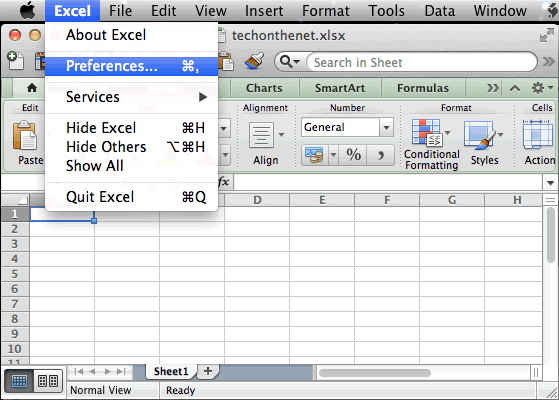

I created an Excel file with 2.7 million data points (1048576*26) and then added three columns with formulas (SUM, COUNT and AVERAGE). The above steps would convert all the cells with formulas into values. In the Clipboard group, click on Paste.Now use the below steps to convert these formulas into values: The above steps would select all the cells that have a formula in it. In the Go To Special dialog box, select Formulas.In the Go To dialog box, click on ‘Special’.Here are the steps to quickly convert formulas to values in Excel: So if you have a data set that you need, but don’t need the formulas in it, it’s better to convert these formulas into values. Too many formulas will bloat your workbook file size. Here is a good article on understanding the XLSB format. So if you use Power Query, it’s better to have your data in XLSX/XLSM formats.Īs a general rule, if your file size is small (less than 5 MB), it’s better to stick to XLSX/XLSM formats.īased on what I heard from people and read on many forums, a lot of people prefer to use XLSB as the file format when it comes to using Excel. Power Query cannot read data from an XLSB file.This means that if you’re using third-party tools with Excel, it’s better to use XML format. XLSB files are encoded in proprietary bin file format while XML is an open-source readable file format.This makes it riskier as someone can use it to execute malicious code. With XLSB format, you have no way of knowing whether it has a macro or not.While XLSB looks great, there are a few reasons you should stick to using XLSX/XLSM files: With smaller files, both XLSB and XLSX are fast. This difference is noticeable in large Excel files only. Based on the limited tests I did, XLSB files were opening and saving 25%-50% faster. XLSB files tend to open and save faster than XML file.You can quickly reduce the size by saving it in XLSB. This can be helpful when you have large files and you want to share it over email. But you need to be a bit cautious when working with the XLSB format. When it comes to using the XLSB format, size reduction is a huge benefit. In our above example, the size reduction was ~30%. So when you save your Excel workbook in the XLSB format, the file size is reduced. XLSX/XLSM saves it as an XML file and XLSB saves it as a binary (.bin) file.Īnd without getting too technical, XML files are large in size as compared to a binary file. You’ll notice that both XLSX and XLSB saves the worksheet in a different format. So I first change the file extension to ZIP, then open it and locate sheet1.
#Stop excel for mac from opening spreadsheet maximum zip#
xlsm), it gets saved in the XML format.įor example, if I change the file extension of the XLSX file to ZIP and then open it, this is what I get.Īnd if I further go in the ‘xl’ folder and then go in the worksheet folder, it shows me the worksheets in that workbook (and these worksheets are saved as an XML document). I had an Excel workbook that took 14.6 MB of space.Īfter converting the same file to the XLSB format, I was able to reduce the size to 10.4 MB (a size reduction of ~28%).

The best solutions are often the easiest ones.Īnd this technique is more of common sense and less of any Excel wizardry. The results you get would vary depending upon your data and files.īased on your workbook, you can use one or more of these tips.


 0 kommentar(er)
0 kommentar(er)
